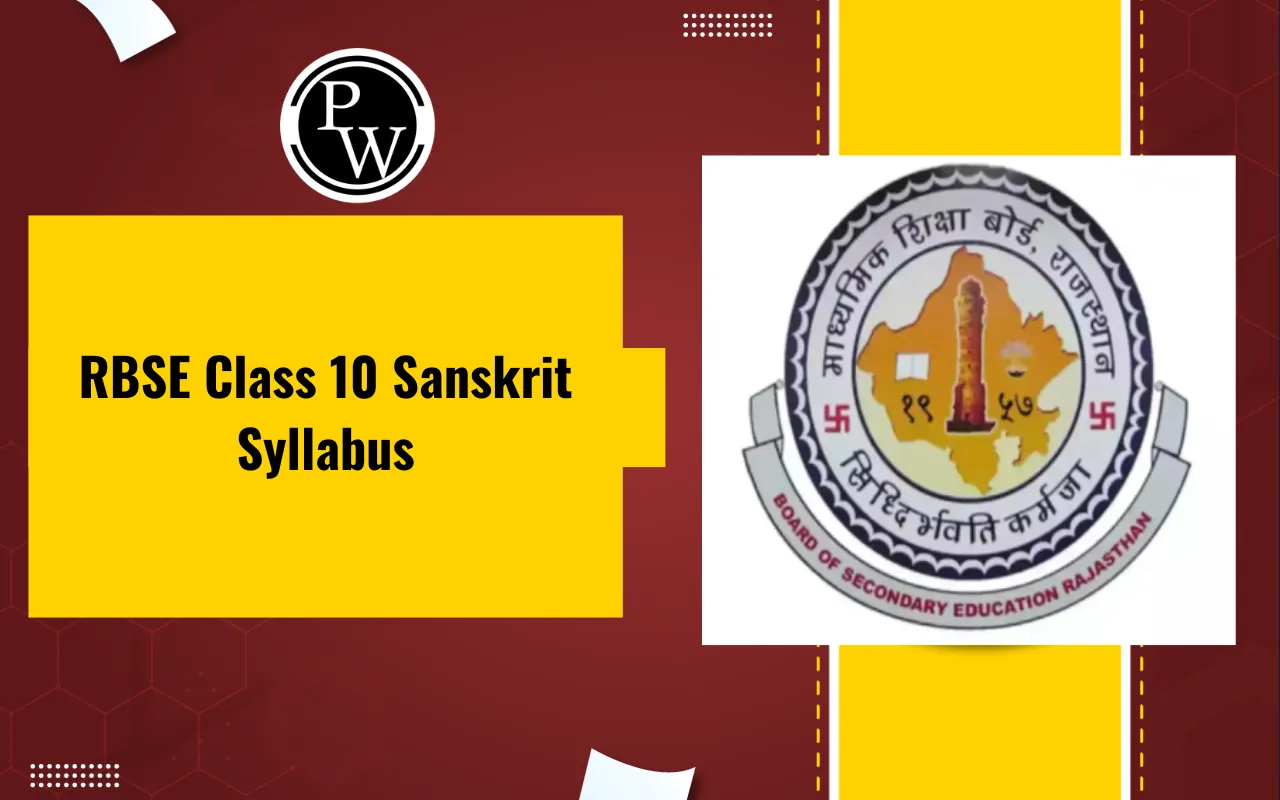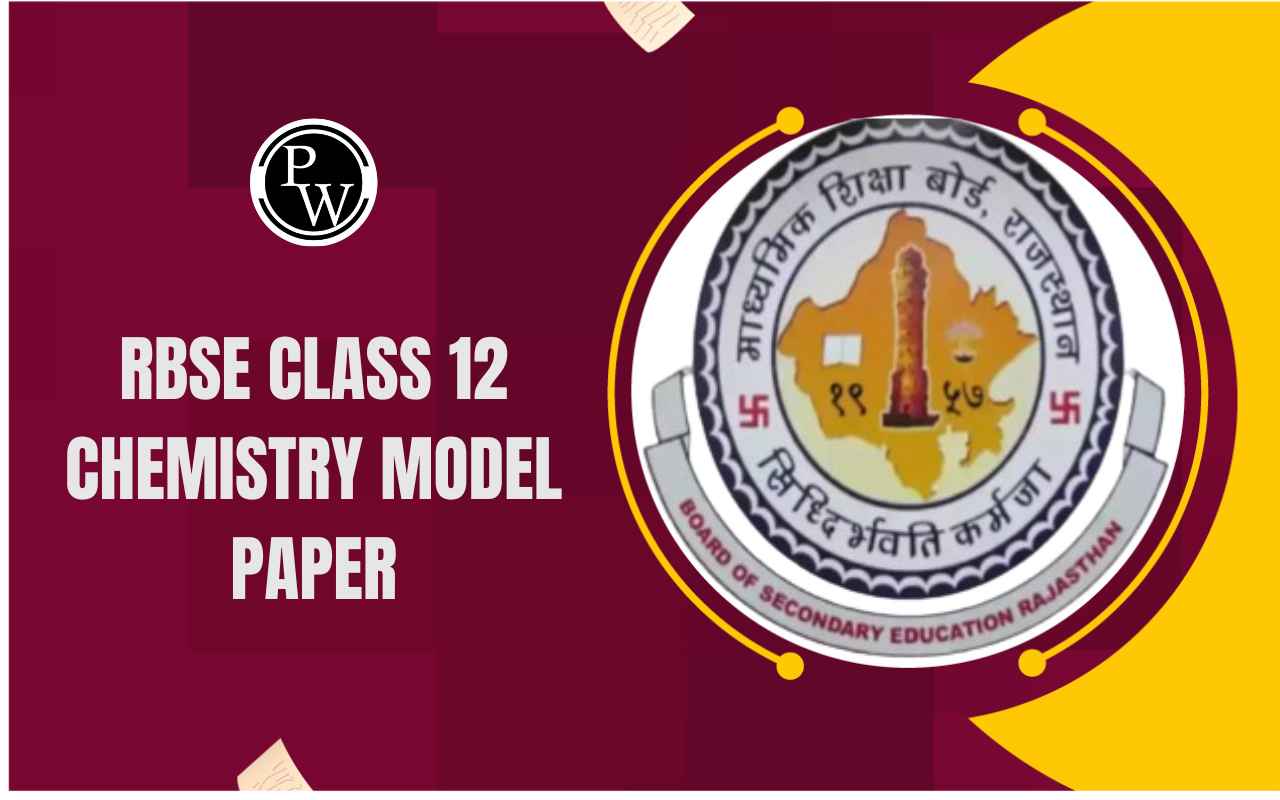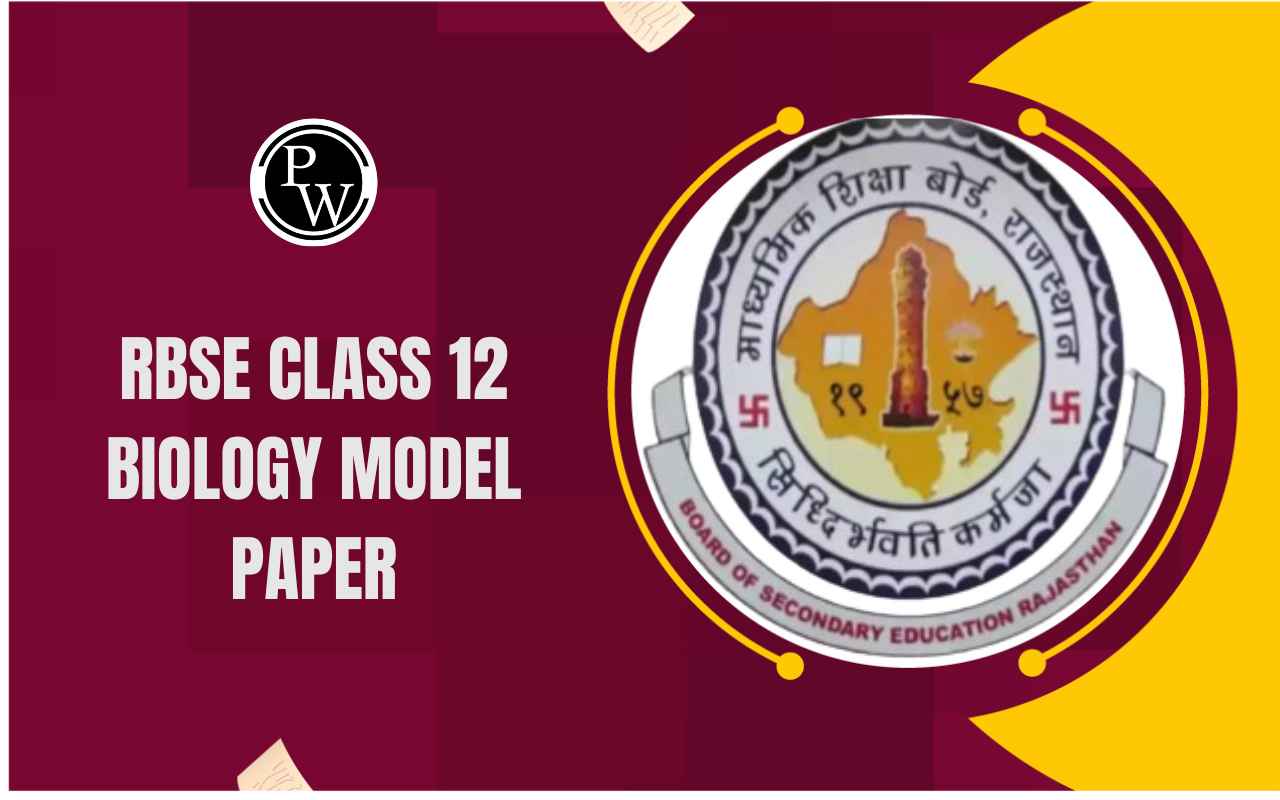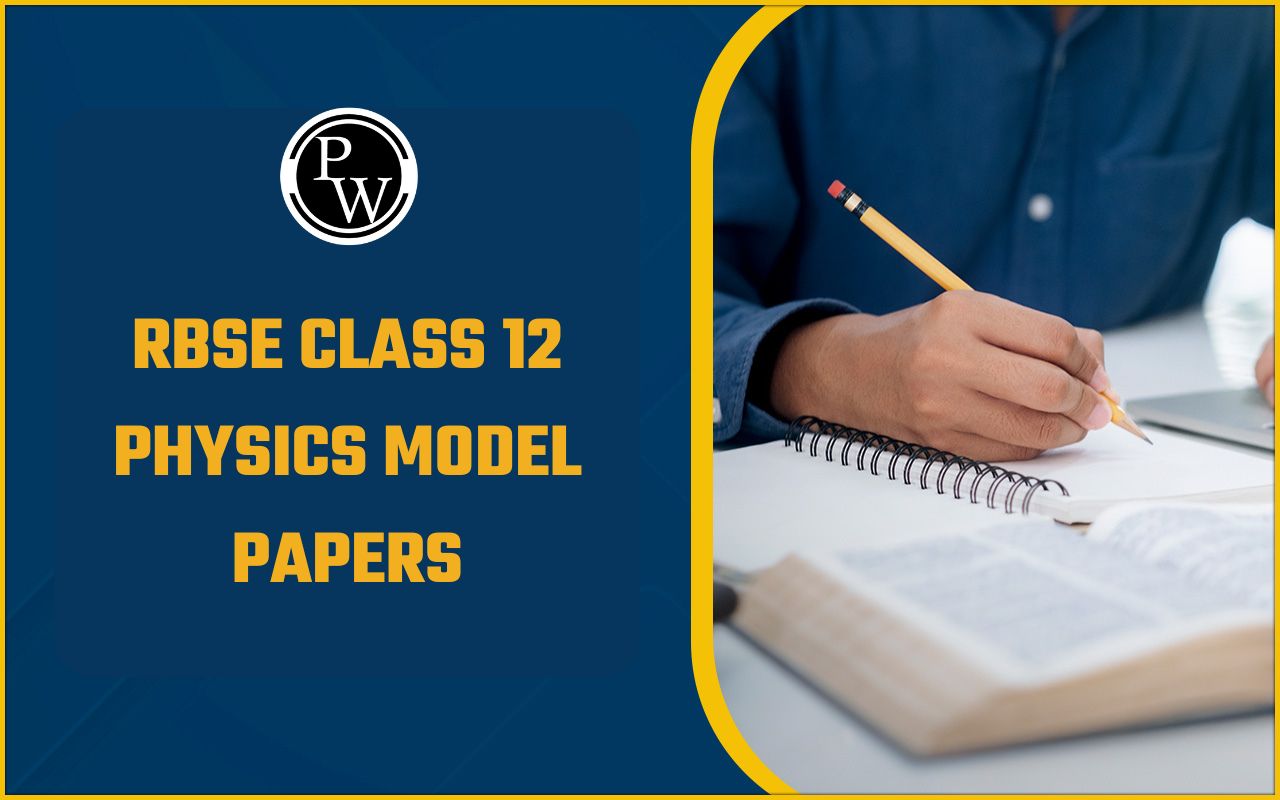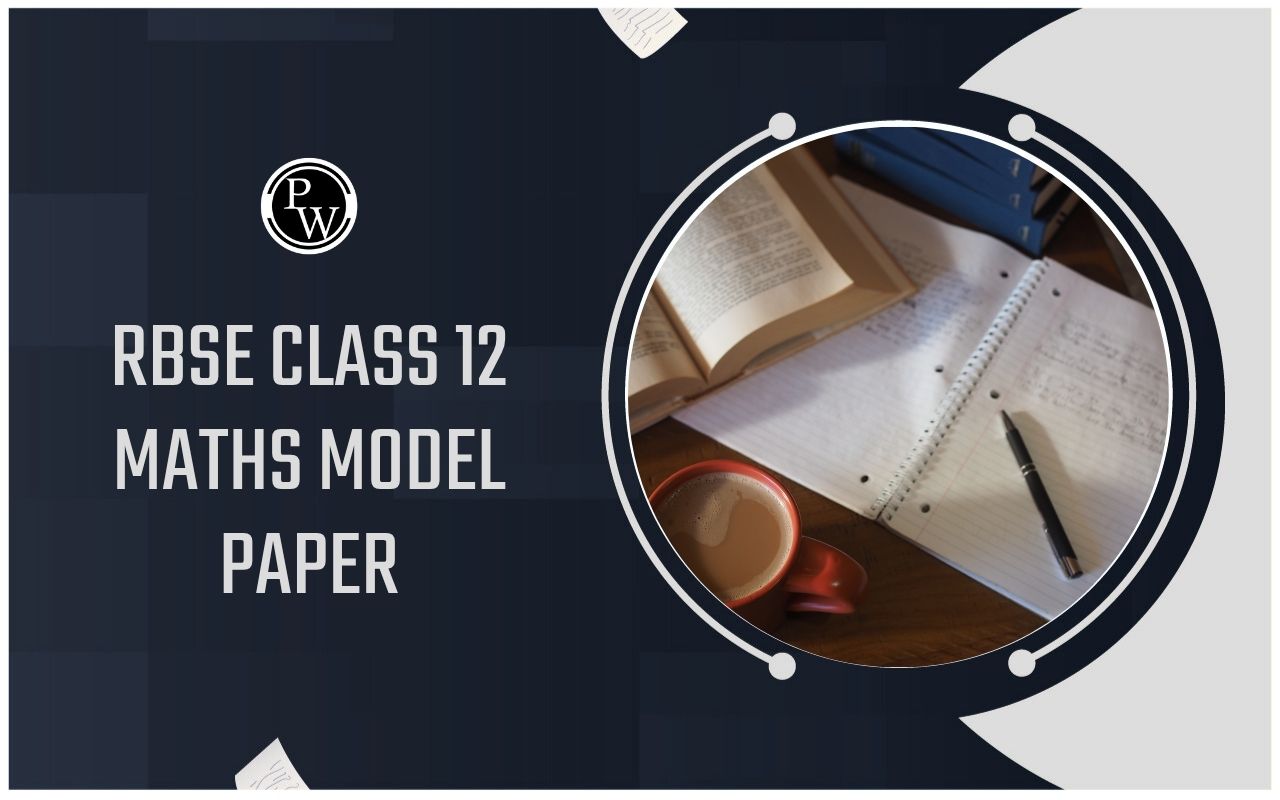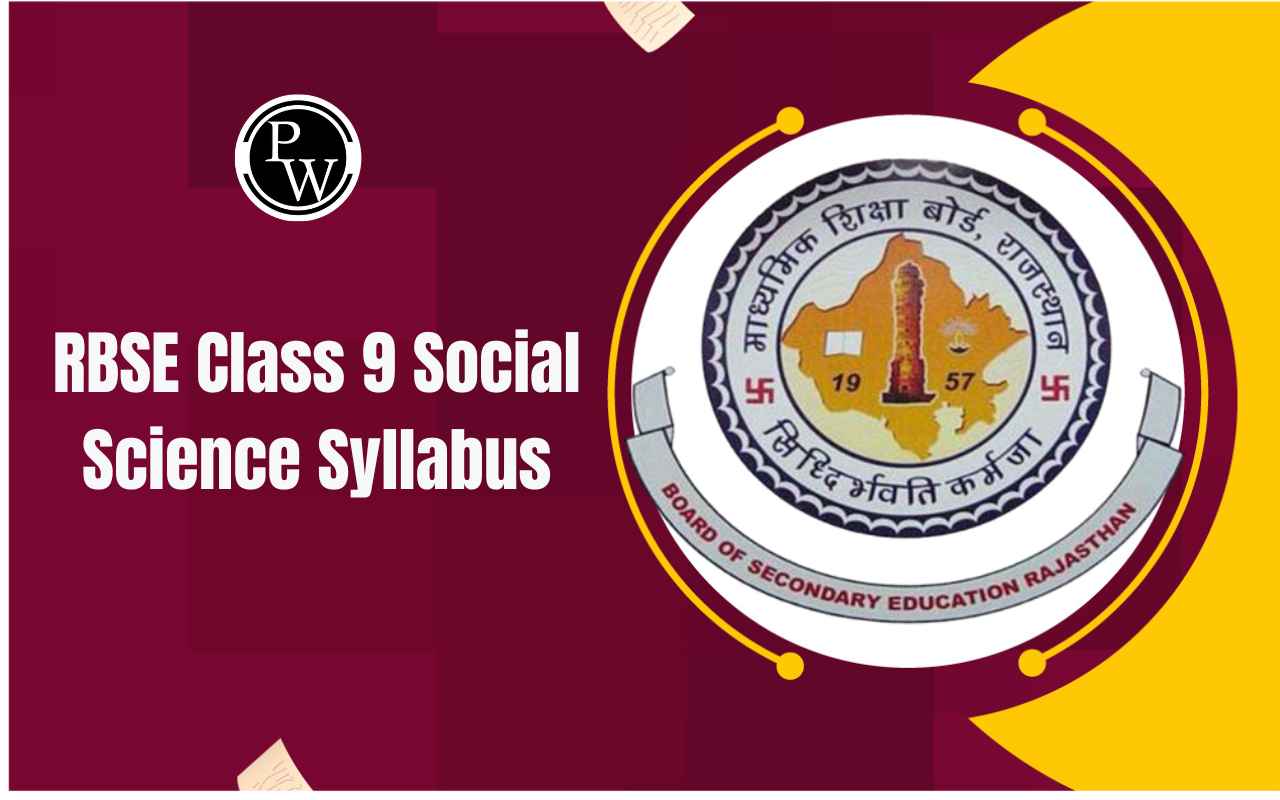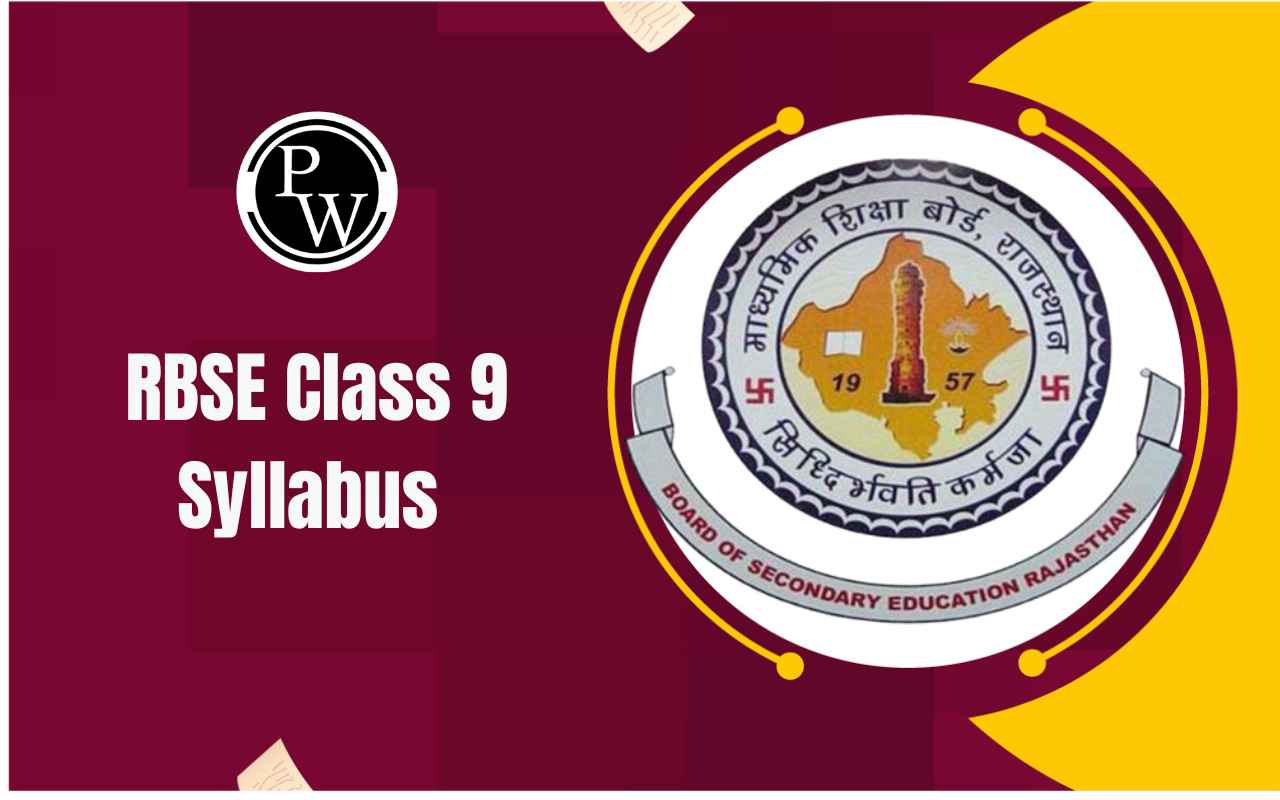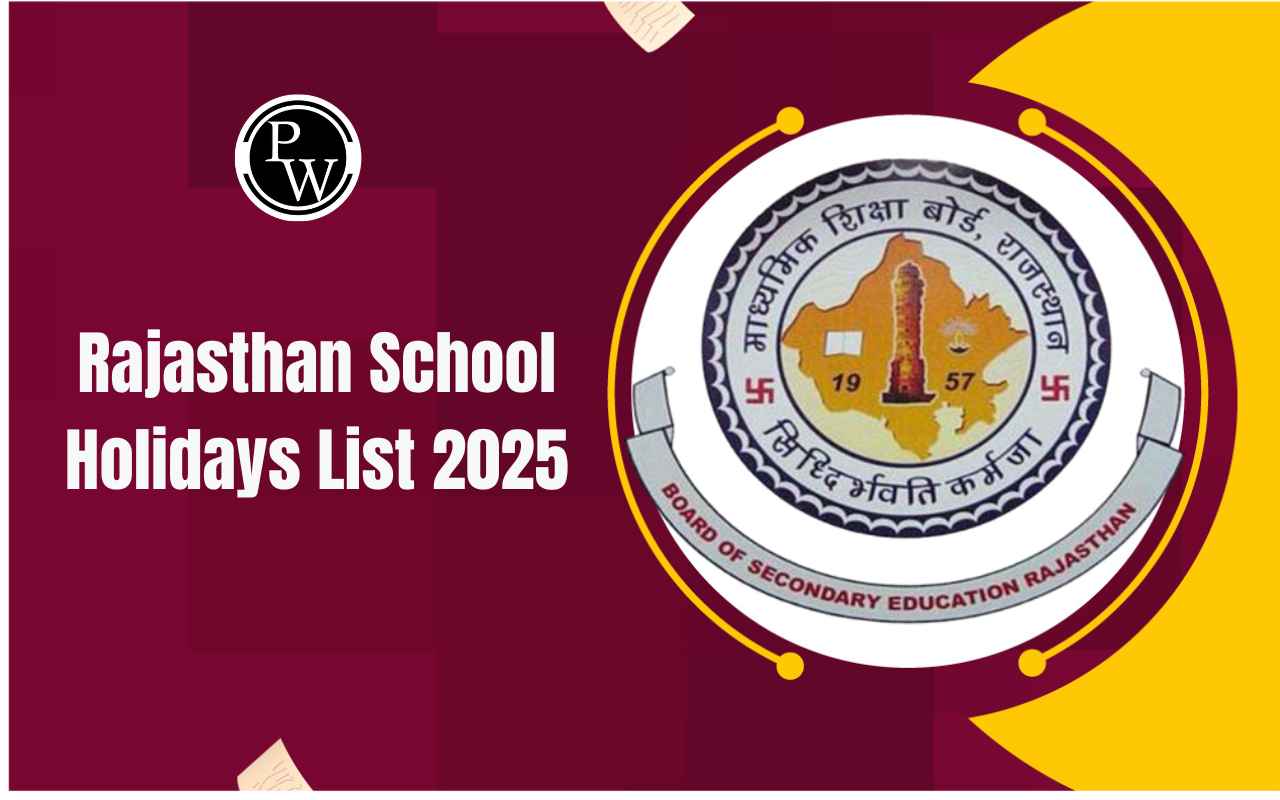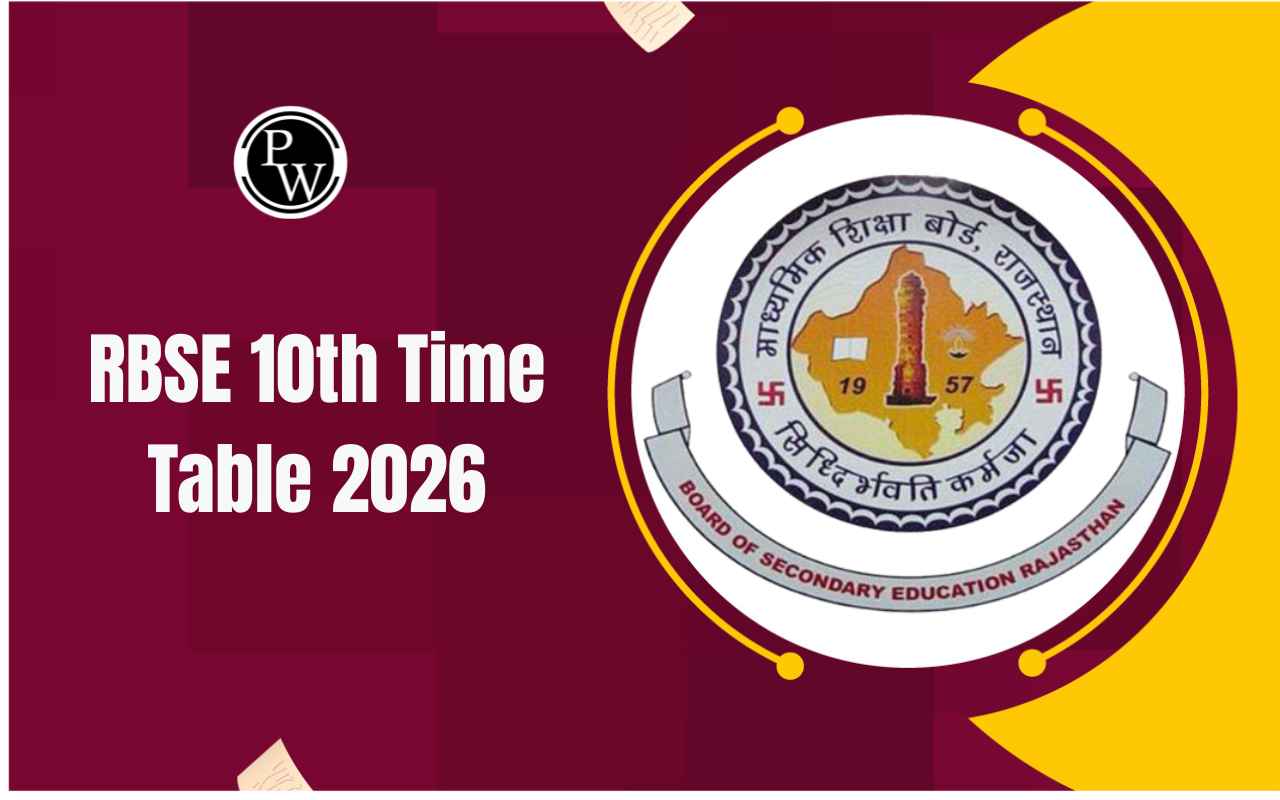
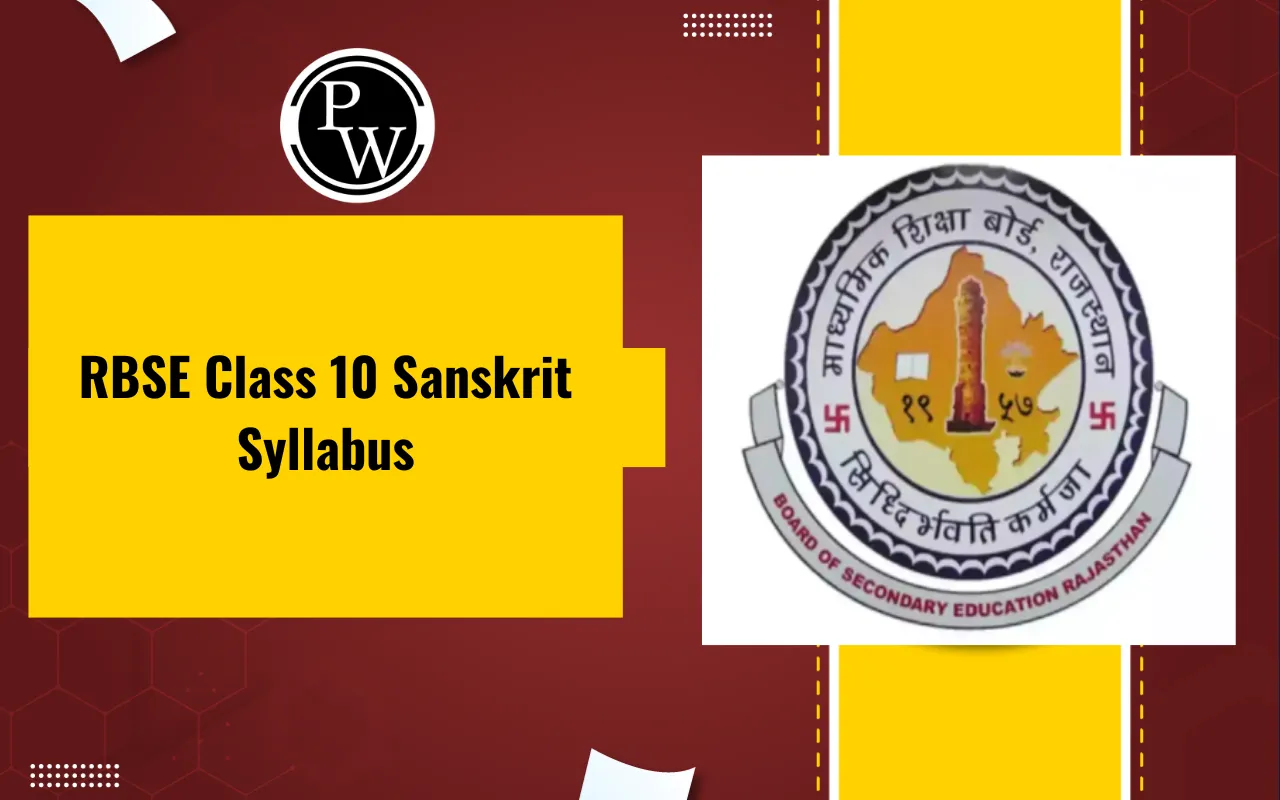
RBSE Class 10 Sanskrit Syllabus 2025: The RBSE board has released the official syllabus including the information regarding the marking scheme, the exam pattern, and the exam duration to help students begin their preparation for the board exams.
The RBSE Class 10 Sanskrit exams give importance to developing students’ understanding of classical language. Not only this, the syllabus focuses on different sections like creative writing, unseen comprehension, text-based understanding, and applied grammar.
By structuring the paper this way, the board ensures a balanced evaluation of a student's writing, reading, and interpretative skills in Sanskrit which will help them build a strong foundation in the language.
RBSE Class 10 Sanskrit Syllabus 2025 Overview
The RBSE Class 10 Sanskrit syllabus 2025 allows students to develop a better understanding of the classical language. It introduces them to various forms of Sanskrit literature, including poetry, prose, and drama, helping them improve their reading and comprehension skills.
By working on various works of poets and writers, along with solving exercises, students can get a better hold on their vocabulary, learn about grammatical structures and the ways to interpret and analyze Sanskrit texts correctly.
|
RBSE Class 10 Sanskrit Syllabus 2025 Overview |
|
|
RBSE Boards |
Details |
|
Conducting Board |
Rajasthan Board of Secondary Education |
|
Class |
10th |
|
Question Paper |
One Paper |
|
Time (Hours) |
3 hours 15 minutes |
|
Total Marks |
100 |
RBSE Class 10 Sanskrit Syllabus 2025 Marking Scheme
The Sanskrit subject carries 100 marks, divided two categories:
-
Written exam (80 marks)
-
Internal assessment (20 marks)
The exam pattern is also released by the RBSE Board.Students must analyze the syllabus and the marking scheme for understanding how to prepare for the exam.
Sanskrit is a very scoring subject, if grammatical rules and texts are learned well. Students must understand the grammatical structure and practice previous years’ papers to analyse the repeated topics and scoring sections.
Just like Mathematics, Sanskrit also requires daily practice and revision. Students must give at least two hours daily for revision. They must prioritize sections like Seen Comprehension which carries 32 marks in the exam.
A brief introduction about the marking scheme is given for reference:
|
RBSE Class 10 Sanskrit Syllabus 2025 Marking Scheme |
|
|
Learning Areas |
Marks |
|
अपठित-अवबोधनम् (Unseen Comprehension) |
08 |
|
रचनात्मक कार्यम् (Creative work) |
15 |
|
अनुप्रयुक्तव्याकरणम् (Applied Grammar) |
25 |
|
पठित-अवबोधनम् (Seen Comprehension) |
32 |
|
Total Marks |
80 |
The practical assessment is allotted 20 marks, by dividing it into attendance (5 marks), notebook (1 mark), internal assessment (10 marks), project (3 marks), and oral test (1 mark).
RBSE Class 10 Sanskrit Syllabus 2025 Download PDF Link
The syllabus includes the information about the pattern of the exam and the division of marks of the subject. weightage of the written exam. Students must prepare accordingly for the exam by solving questions under a certain time period. To ensure a complete preparation, students must download the official syllabus given below:
Do you need help with your homework or preparing for exams?
Study without using the internet
RBSE Class 10 Sanskrit Syllabus 2025 Benefits
-
The syllabus allows students to focus on writing, reading, and grammar to gain expertise and then score higher marks in the exam. They must practice grammar exercises daily and focus on the weak areas.
-
A strong foundation in Sanskrit of Class 10 level prepares students for advanced Sanskrit studies in senior secondary or competitive exams where Sanskrit is a subject.
-
This structured syllabus allows students to perform well academically as it gives a clear structure and detailed marking scheme so that they can focus on key areas and score high.
-
Sections like unseen passages and text-based questions allow students to learn how to analyze and interpret classical texts effectively.
-
The syllabus gives a brief idea about all the sub topics included in the syllabus. This will help students prepare without any confusion.
RBSE Class 10 Sanskrit Syllabus 2025 FAQs
Is the RBSE Class 10 Sanskrit syllabus based on NCERT books?
Where can I download the RBSE Class 10 Sanskrit syllabus 2025 PDF?
Is Sanskrit a scoring subject in RBSE Class 10?
What is the exam duration for the RBSE Class 10 Sanskrit paper?

